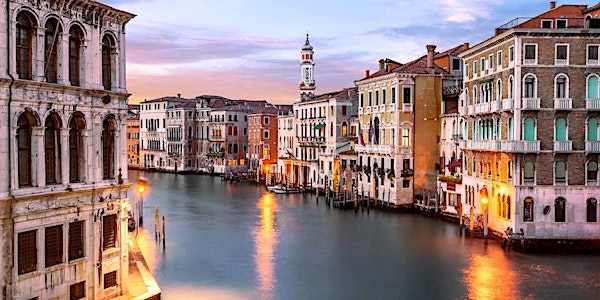
Classic Planning and Neuroscience
Join architect, Dr. Nir Buras, for a live presentation about the neuroaesthetics of cities and buildings followed by an interactive Q&A
Location
Online
Refund Policy
About this event
Why is it that the unique settings, special environments, and distinctive features of beautiful cities attract so many tourists? Is there anything in their beauty that promotes health? Why aren’t we building this way today? Are we promoting disease using the wrong urbanism?
Every city, legendary for its beauty or ugliness, suffers some degree of overhype. Decades of experience indicate that providing roads, sewers, welfare, and education services without associating them with a genuine community purpose does not lead far. Even favelas and unplanned slums have something of a raison d'être, and in many cases, they sensitively reflect the genius loci of their settings. In spite of good intentions, the results today of both planned areas and unplanned slums are poor urban environments.
On the other hand, beautiful cities attract roughly one billion tourists a year for their unique settings, special urban environments, and distinctive attractions. According to European-culture writers and visitors, Venice, Paris, Prague, Lisbon, Amsterdam, Florence, Rome, Budapest, and Bruges top the list. Some cities, like Rio de Janeiro and Cape Town, are visited for their notable natural settings. One can generalize that what makes such cities attractive is that their bricks and stones were attentively laid by their builders. Moreover, beautiful cities, or the beautiful parts of cities, are laid out in classic plans, they are often elaborated by means of Grand Manner gestures, and they are frequently enriched with City Beautiful elements, as exemplified by lovely Buenos Aires.
The experience of beauty is indifferent to culture, gender, connoisseurship, or monetary effect. In fact, human neurological response to the experience of beauty is universal and measurable. Beauty and ugliness constitute the extremes of a continuum.
Anti-fractal typologies are imposed upon urban fabric to satisfy requirements for “abstraction” and “purity.” Sleek, “minimalist” shapes clash with abrupt, large, smooth surfaces, and blank, shiny glass walls forcefully shape our cities today. Contradicting the fractal structures and patterns with which we are hardwired to experience environments, “cool” spaces and buildings neurologically alienate us.
Join Dr. Buras to learn more about why certain cities have received such remarkable levels of artistic attention and beauty from a scientific perspective.